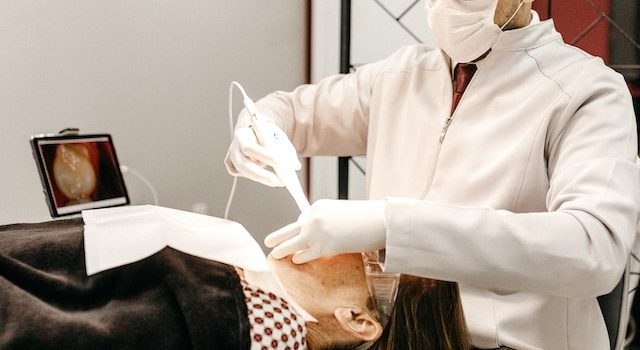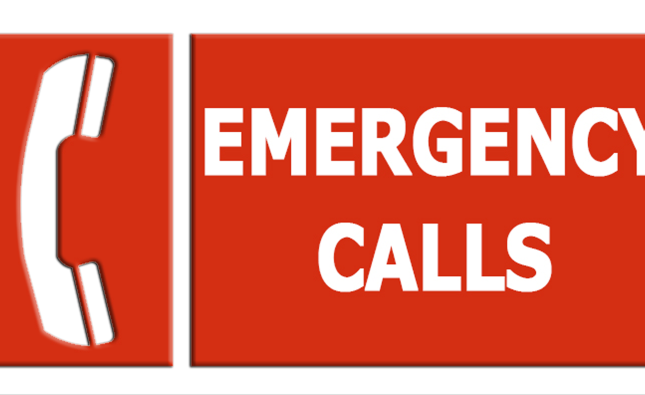
Maintaining good dental health is essential for overall well-being. Brushing and flossing regularly are key components of an effective oral hygiene routine. To maximize the benefits, it’s important to follow the ideal sequence for brushing and flossing. Here’s a recommended sequence to optimize your dental health:
- Start with flossing: Before brushing, it’s best to floss first. Take about 18 inches of dental floss and wind it around your middle fingers, leaving a few inches to work with. Gently slide the floss between your teeth, curving it around each tooth in a C-shape, and carefully move it up and down to remove plaque and food particles. Repeat this process for each tooth, using a fresh section of floss each time.
- Brush your teeth: After flossing, it’s time to brush your teeth. Use a soft-bristled toothbrush and apply a pea-sized amount of fluoride toothpaste. Hold the brush at a 45-degree angle to your gums and use short, gentle circular motions to clean the outer and inner surfaces of your teeth. Pay special attention to the gumline, back molars, and hard-to-reach areas. Brush each tooth individually for about 2 minutes, spending an equal amount of time in each quadrant of your mouth.
- Clean your tongue: After brushing your teeth, don’t forget to clean your tongue. Use a tongue scraper or the bristles of your toothbrush to gently scrape or brush the surface of your tongue. This helps remove bacteria and freshens your breath.
- Rinse your mouth: After brushing and cleaning your tongue, rinse your mouth thoroughly with water. Swish it around and spit it out to remove any remaining toothpaste or debris.
- Consider using mouthwash: While not necessary for everyone, an antimicrobial mouthwash can provide additional benefits. It can help kill bacteria, freshen your breath, and reach areas that brushing and flossing may have missed. Follow the instructions on the mouthwash bottle for the recommended duration and frequency of use.
- Timing is important: It’s generally recommended to brush your teeth at least twice a day, ideally in the morning and before bed. Flossing should be done at least once a day, preferably before brushing at night. However, if you can, it’s even better to floss after each meal to remove food particles trapped between teeth.
- Regular dental check-ups: Lastly, don’t forget to schedule regular dental check-ups. Professional cleanings and exams are essential for maintaining optimal dental health. Your dentist can identify any potential issues early on and provide personalized advice for your oral hygiene routine.
Remember, a healthy smile starts with consistent oral hygiene habits. By following this ideal sequence for brushing and flossing, along with regular dental visits, you can maximize your dental health and contribute to your overall well-being.










